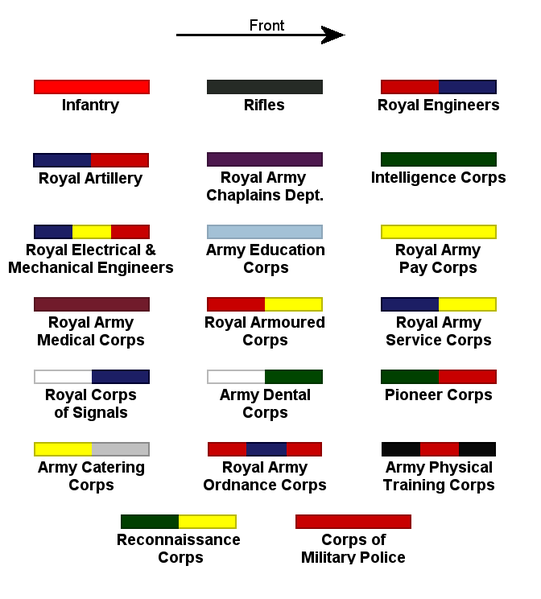Search the Community
Showing results for tags '20th Century'.
-
 Just want to know other opinions about my question.
Just want to know other opinions about my question. -
Can anyone provide me information on the unit that is indicated on this letter written from Italy during WW2? Thank you.
-
After being handed down my Great Grandfather's World War One Identity Tags I wrote a shot article on the artefacts for a military Facebook group I had joined. As such, I thought to share the information in this group as I was surprised at the number of people that didn't know the history or purpose of the different design of 'Dog Tags' . The British Army introduced Identity Tags in 1907 in order a soldiers details could be recorded should he become a casualty. They were locally produced at unit depots and stamped with regimental number, surname and initials, regiment, and sometimes battalion and rank. Religion was also added. This method of production meant the characters were rarely aligned. The aluminium discs were the first design though by 1915 they were made of compressed fibre that was more comfortable in hot climates. Two tags were required to be worn bearing the same information. An eight sided green tag with two holes was hung around the neck using one hole. Through the remaining hole a shorter cord was strung with a red tag hanging from it. This method allowed the latter to be removed leaving the green tag in place on the body. Wearing the tags in this manner meant those finding the soldier with only a green tag would know his death had been previously reported. The details on the green tag could then be used on a grave marker. In addition to the official Identity Tags soldiers often had manufactured an Identity Bracelet many of which took the form of the aluminium disc or were made of silver. Having their service number and initials stamped on the army issue spoon was also common practice . This served a dual purpose, to identify a valuable piece of kit if lost and also to assist identification should they become a casualty. I have also attached my Great Grandfather's Pattern 3910/1894 'Fiddleback' spoon, the earliest issue used in the Great War, with his regimental number and unit stamped on the handle. It is noticeable that one side of the 'bowl' has been straightened so as to act as a knife. I hope that is of some interest. Gunner.
-
-
Being ex Royal Artillery and with an interest in this arm of the military I thought to share the following. The 'Paris Gun' was designed by Fritz Rausenberger and manufactured by Krupp. The artillery piece fired a 106kg shell over 120km reaching a maximum height of over 39km's. The shells were the first man made objects to reach the stratosphere and not equalled until Germany produced the V2 in WW2. The wear on the 34m barrel meant a larger shell had to be used after every shot and rebored at 65 rounds. The gun was operated by 80 Imperial German Navy crewman with a maximum rate of fire of approximately 20 rounds per day. Paris was shelled between March and August 1918 and initial reports suggested the city was being bombed from the sky as no artillery was heard. Another theory, reported by the press, was that the city was being shelled by Germans nearby or within Paris itself. After inspection of the fragments the French realised they were being shelled by a long range artillery piece and started a search for the German guns. It wasn't until days after the first shell landed that the 'Paris Gun' was located by French air reconnaissance. Between 320 and 367 rounds landed on the French capital before the guns were withdrawn from the front. It is reported that 250 people were killed by the weapon, with the worst incident happening on Good Friday when a shell landed on the roof of St-Gervais-et-St-Protais Chruch killing 91 and injuring 68. No 'Paris Guns' were ever recovered by the allies despite Germany being ordered to hand one over after the Treaty of Versailles. As such, exact specifications and performance figures varied until Rausenbuerger's notes were discovered by Gerald Bull in the 1980's. The Iraqi 'Super Gun' was a product of this design. The discovery and development of the 'Super Gun' did not bode well for Bull who was assassinated as a result of his involvement. Gunner87
-

Small Group to a Stoker from the HMS Barfleur
Dirk posted a topic in Uniforms, Insignia, Equipment & Medals
This man served onboard the HMS Barfleur when some of its crew was put ashore to support the China Relief efforts during the Boxer Rebellion in 5he summer of 1900. He served either as a part of the ill-fated Seymour Expedition or the successful relief effort two months later. Saw some hard fighting either way, earning a Relief of Pekin bar. Later served through WWI. -
These unusual postcards from my collection depict the Mediterranean Fleet of the Royal Navy which had its main base on Malta. The last two look the same but are actually different, Gunner87
-
This great photograph from my collection depicts Sergeant Wells, Sergeant Powell and Private Eburn all serving with the Royal Marine Light Infantry (RMLI). Private Eburn, a relation, was posted to H.M.S. Blonde from May 1912 to May 1913 when the Royal Navy scout cruiser was serving in the Mediterranean and where we think this photograph was taken. The two Sergeants wear the white RMLI Working Dress Frock. Eburn wears the navy 1902 Pattern Service Dress Tunic. All three are wearing Broderick caps. The photo, which was probably posed for, shows the three marines manning a Maxim Machine Gun in what appears to be an air defence role.
-
I thought I'd share this real picture postcard I have of the unusual HMS M2, built by Vickers, and laid down in 1916. The M2, completed in 1919, was one of three M Class submarines. In this photograph the M2 can be seen in its early days with a 12" gun on deck, as opposed to after conversion, where it was fitted to carry a seaplane. Tragically, on the 26th January 1932, while on exercise off the Dorset coast, the M2 was lost with all hands. This accident has been put down to either a hangar door being left open or the stern hydroplanes failing, causing her to sink backwards as witnessed by a passing ship, the Tynesider. Efforts to raise her were abandoned. The reverse is signed but efforts to confirm by who have so far not yielded any results. Sadly, and evidence of suffering by the crew after the sub sank, is a piece of wood washed ashore with "HELP M2 gone down No2 hatch open" in pencil and on the other side "Help Lieut."
-

20th Century Royal Army Service Corps Badge, ERII
stratasfan posted a topic in Uniforms, Insignia, Equipment & Medals
@Waggoner - Reading your New Member post made me very excited when I saw the mention of the Army Service Corps. So, I got a picture of my ASC badge and wanted to share! It is ERII, and apart form that, I don't know about it. I am thinking it would be a hat badge? I got this and had never heard of the Royal Army Service Corps. Found out it is similar to our US Quartermaster Corps - transporting food, furniture, supplies, etc. One day I might actually be able to start an ASC collection! In the meantime, my badge has pride of place in my cabinet along with my Diamond and Platinum Jubilee souvenirs. Did the Royal Army Service Corps do the actual ordering of food, supplies and furniture, or just the transporting, etc.? -
I recently commissioned a young Ukrainian artist to paint a portrait of my Great Grandfather who served in the Royal Garrison Artillery. To say I was happy with the result would be an understatement. I thought it maybe of some interest. The first image is work in progress, the second the finished piece ready to be framed. Gunner87
-
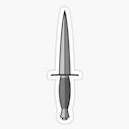
20th Century Original Webley with reproduction bayonet for study and looks.
dcollector posted a topic in Weapons, Vehicles & Tactics
Everything else in the picture is period original. A Webley MKVI with an unshaved cylinder is not too common in the US. (In the 50's when these were imported in large numbers; a shortage of .455 ammo prompted the importer to lathe the tops of the cylinders so that it could be loaded with the more available .45acp with a moon clip (proven also not to be very safe, .45 auto-rim being advisable.) This one is un-alttered, the full serial number and crows foot stamp being readable on the cylinder; the number is usually gone, or cut through by the lathe process.) The Pritchard Pistol Bayonet is a modern Reproduction. Patented on 29 November 1916 by Lt. Arthur Pritchard of the 3rd Bn, Royal Berkshire Regiment the Pritchard bayonet was designed to fit the Webley revolver. My thought is, you would adjust you grip position when it was shot empty and there was no time to reload, and use it as I do in picture 6, at least I would, lol. Webley MKVI .455 revolver (British 1916) .303 cordite cartridge (British 1916) Box of .455 Revolver cartridges (Canada 1944) Canvas Webley holster (Canada1943) No. 36 Mills Bomb SPF (British 1936) US MKII Trench Knife 1918 (USA 1918) -
A American GI shares a Cigar with a Gurkha of the 2nd Battalion of the Regiment in 1945, 10th Indian Division, GI's unit unknown.
-

20th Century WW2 British hat - Royal West African Frontier Force (R.W.A.F.F)
oldrag71 posted a topic in Uniforms, Insignia, Equipment & Medals
Hello all, Looking to all of the knowledge out there. Will someone please identify the flashes on the side of this hat? I have scoured the web and cannot locate them (probably looking in the wrong place or calling them the wrong thing). Was this type of hat used in a specific area, Country or region? I see a lot of slouch hats with the wide hat band and they appear to be Australian....any info on the hat would be great. Thanks! -
While doing the Wiki on the 8th Royal Irish Hussars I was reminded of their officer's special Side Cap, the Tent Cap, and found it's still worn today, apparently by all Officers of the Queen's Royal Hussars, the current unit the old 8th Royal Irish were now amalgamated in. The 6th Armored Division Formation Sign? Thought this unit was no longer active, can't seem to find any reference to it today.
-
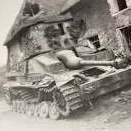
20th Century WW1 RFC Pilot Officers Uniform Tunic
Gearup1940 posted a topic in Uniforms, Insignia, Equipment & Medals
A nice WW1 RFC Pilot Officers Uniform Tunic, it has Canada epaulette flashes, named and dated April 1918. -
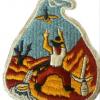
20th Century SAS Tropical Wings 1950's legit or repro?
phillock posted a topic in Uniforms, Insignia, Equipment & Medals
Hi Team I posted this on BBF to find out if this is a legit SAS Tropical wing. I inadvertantly started this under the below thread,Tonomachi and Kia Kaha have kindly responded see the link below. Below is from Kia Kaha "These wings were worn on number 3 dress the white tropical dress tunic worn in Hong Kong, Malaysia and possibly the Middle East/Near by ex S.A.S. Pers within the British Army. As the S.A.S. Regiment was not posted on strength to these areas at the time. usually a two year permanent posting. The Regiment didn’t get issued this uniform so serving troopers on deployments would only have the cloth wing, if worn. these brass or white metal skill at arms badges were designed to be removable from the uniform to be polished, and so the uniform could be laundered. Worn in the late 60s and 70s. This style of dress uniform was discontinued in the mid 70s? And most of these badges were sold through disposal stores. " I am unsure if my one is legitimate or a reproduction as these have been remade. Would like to hear opinions cheers Phill -
Picked this one up today. I was told it is Eastern Irish Command. It's seen some use but the insignia is in good condition. It's nice when the liner and chin strap are present....be even nice if there wasn't roofing tar on them. The guy I got it from sad, almost every piece had some tar on it. The strap shows 3 s/n's(?). 2 that will require squinting to make them out, and one very legible, C. Hyland, S/N 202026. I'm terrible at U.S. research, doing British research...Yeah, right!
-
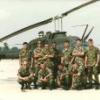
20th Century RAF Service Cap by Bates
MattS posted a topic in Uniforms, Insignia, Equipment & Medals
A recent pick up, had to replace the front strap with a modern RAF one. Royal Air Force service cap Bates Light Weight, late 1950s or 1960s, named to Flight Lieutenant Abel. -
1st Battalion Queen's Own Cameron Highlanders served in Korea after the Armistice, and had a detail assigned to the 8th Army Honor Guard in Seoul. It wasn't in Korea very long, from sometime in 1955 to sometime in 1956, probably the fall of 1956, here it is then sent to Aden in the Middle East. In this summer 1956 photo we see other member states troops in the Honor Guard, to wit Ethiopians and Turkish, the Ethiopians and Turkish carry M1 Rifles that seem to have had their Muzzles Chromed. All of them may be wearing the 8th Army patch with HONOR GUARD Tab on the other shoulder. The Cameron's under their Swatch of Tartan Formation Sign.
-
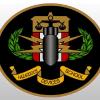
20th Century Purposely tampered with SAS Wing to deceive
Tonomachi posted a topic in Uniforms, Insignia, Equipment & Medals
Here is one of the examples where someone has taken a circa 1980s SAS wing (photos 1 & 2) and purposely tampered with it to give it the appearance of a WW2 era SAS wing (photos 3 & 4). A number of the genuine WW2 era SAS wings have wings that lack the upward sweep and instead are parallel to the ground. So the rear black canvas like backing material is removed along with any padding material to make it more pliable. They then pull the wing tips down and destress (age) the front. Now they try and sell it at a much higher price as a WW2 era SAS wing. They have appeared for sale out of the UK so someone over there is doing this. Don't fall for this. Here is a reproduction WW2 era British SAS wing that have been selling on eBay for many years now. See how the wings are parallel to the ground. Supposedly when they first came out some SAS troopers actually preferred the look of this wing and actually wore it on their uniforms. -

20th Century Identifying Reproduction British Commando SSIs
Tonomachi posted a topic in Uniforms, Insignia, Equipment & Medals
There are so many variations of WW2 era British Commando SSIs. Instead of posting photos of real ones I thought it would help if I posted photos of some of the more better made (convincing) reproductions of the WW2 era British Commando SSIs. -
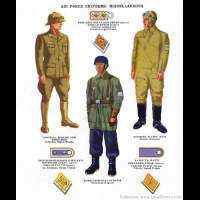
20th Century WWII Arm Of Service Stripe Chart
patches posted a topic in Uniforms, Insignia, Equipment & Medals
-
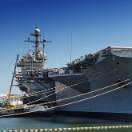
20th Century new addition, WWII Female ATS hat
ussjfkcv67 posted a topic in Uniforms, Insignia, Equipment & Medals
-

20th Century Picture of my grandads ship and medal and pic of my dad's ship
Blade69 posted a topic in Uniforms, Insignia, Equipment & Medals
Hi guys both my dad and grandad were in the British navy here is a pic of my grandads ship the HSM Royal Sovereign and his service medal 1914-18 and genuine photo of my dad's ship HMS Ark Royal 1956-58 dad was on the ship at the time this photo was taken visiting New York in June 1958



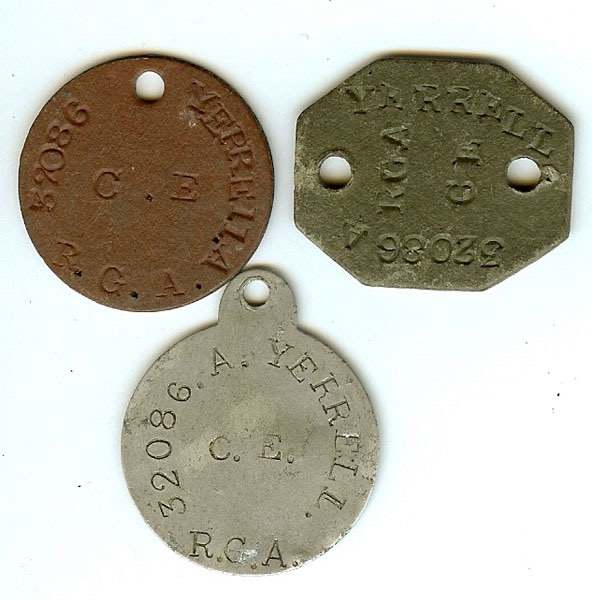








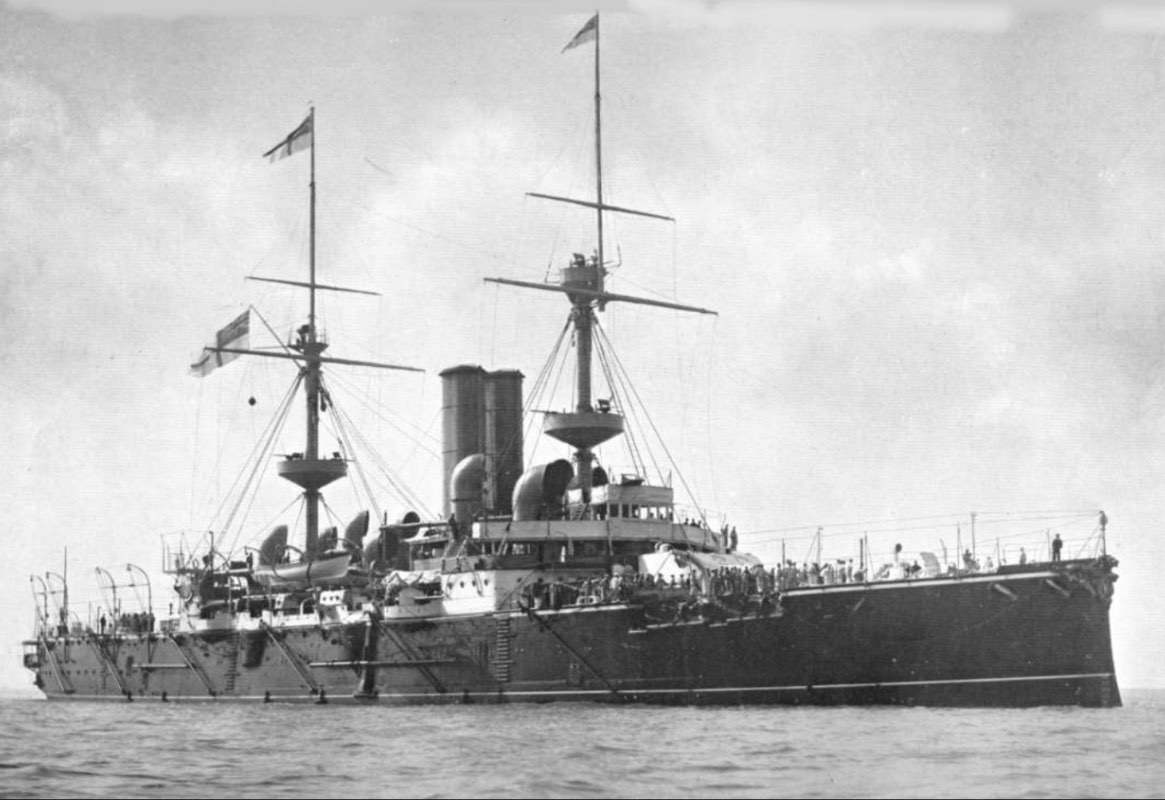





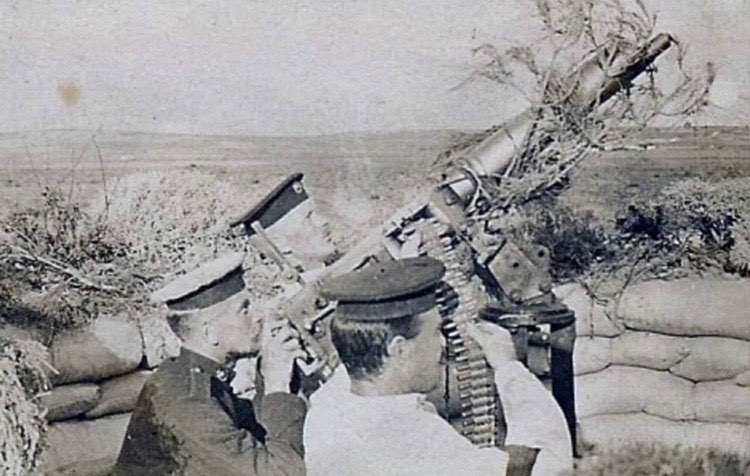
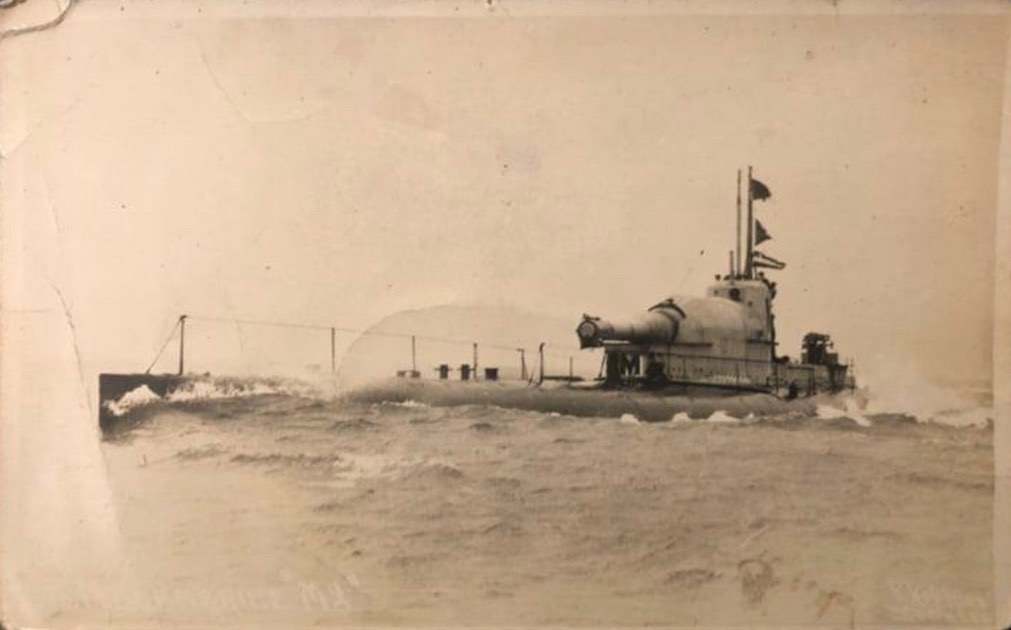

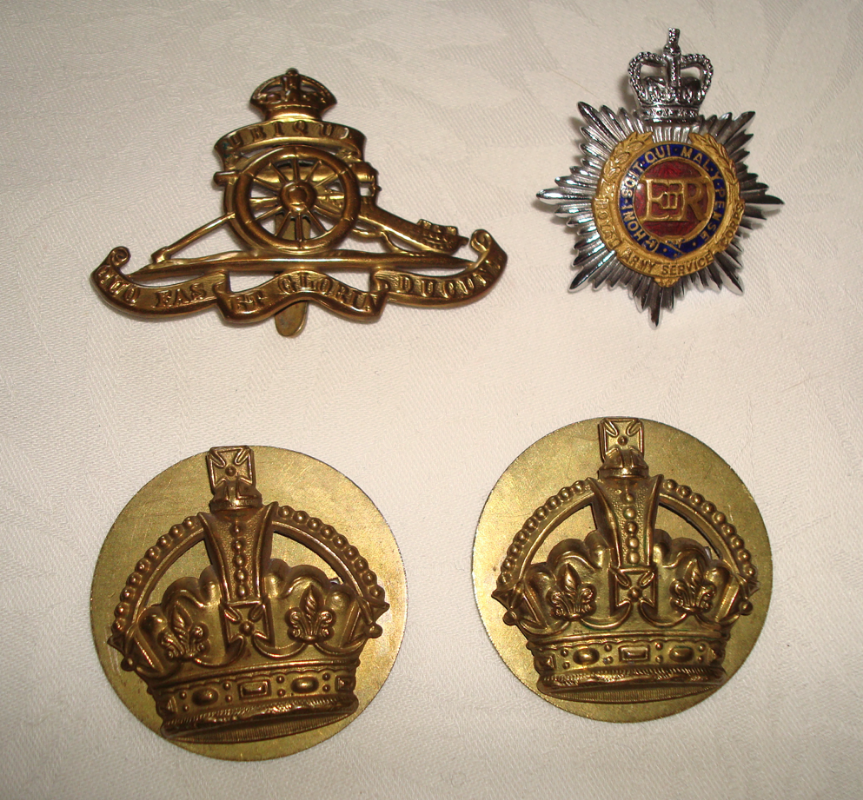


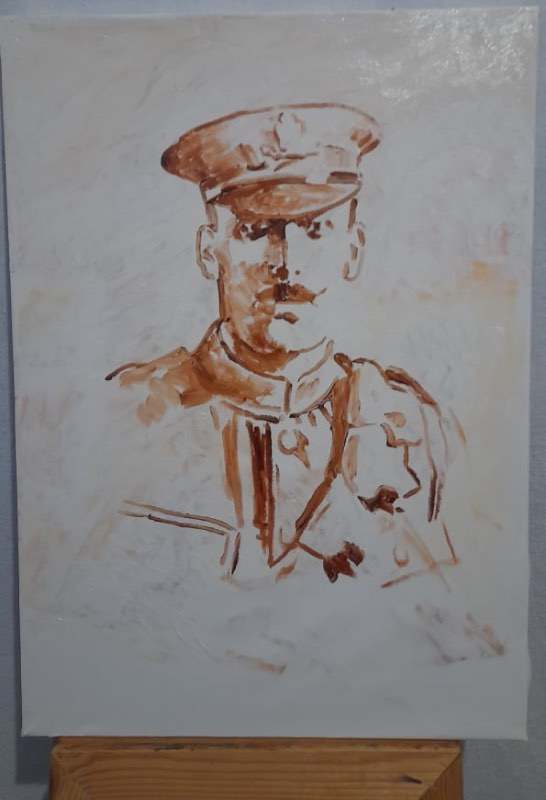
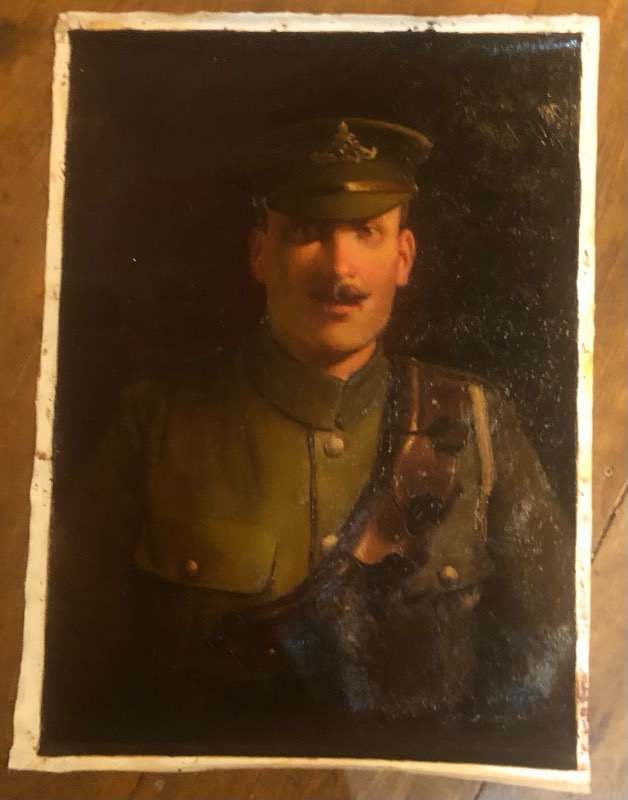

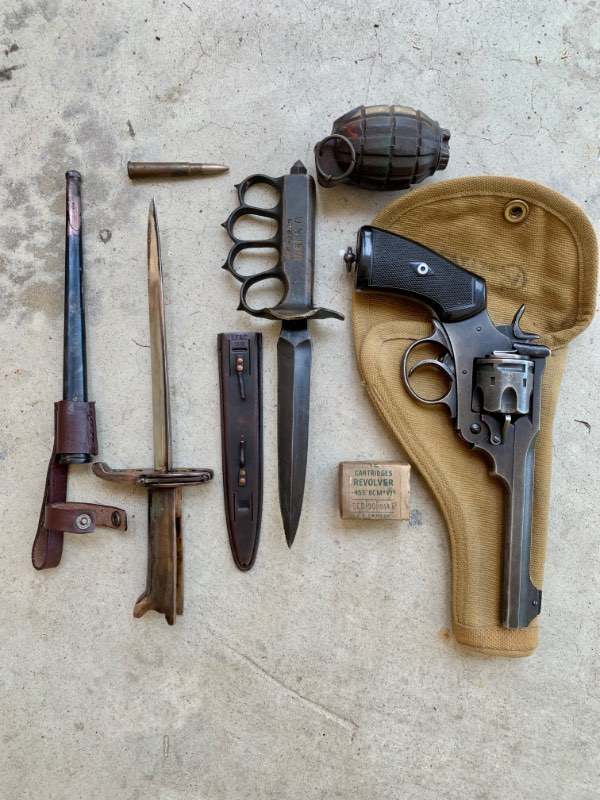







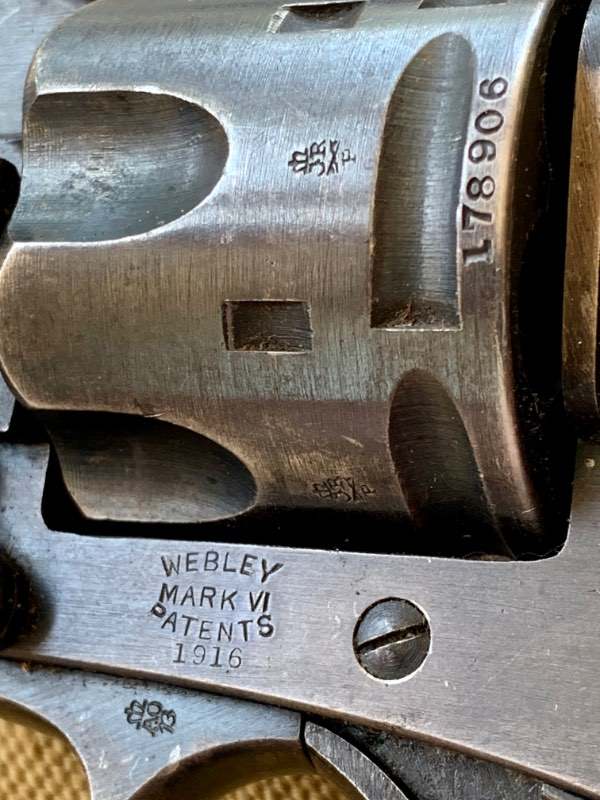

.jpg.414464ab53e3e29891dd16048de3215f.jpg)
.jpg.b19aba61ceb5dd79cf5d280a9c0a5a76.jpg)
.jpg.c61bf4daf6b40f6c63c216446c63ec1e.jpg)
.jpg.0155c6cb2ea47d2cf5da5e1602215297.jpg)
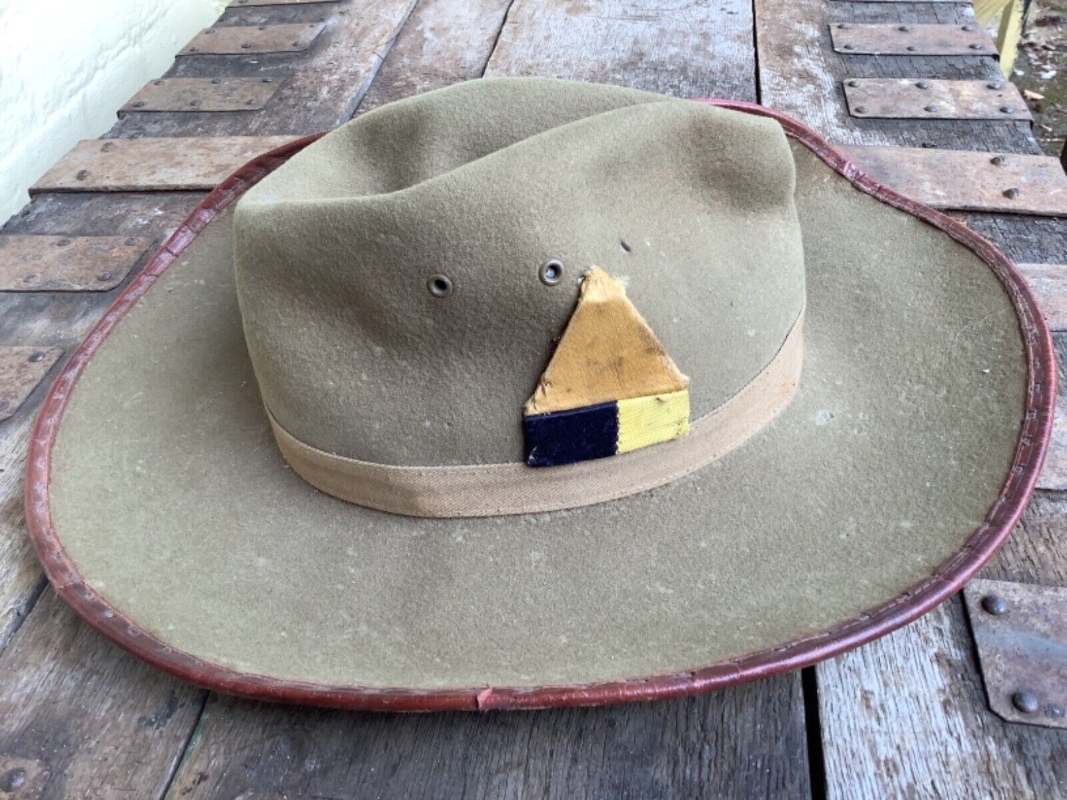
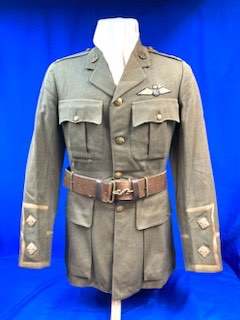
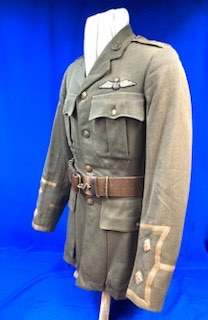
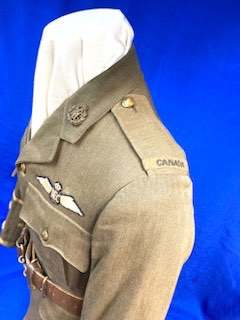
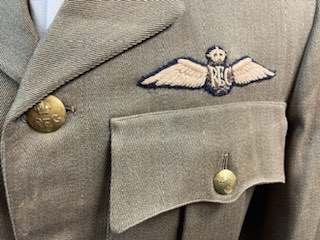
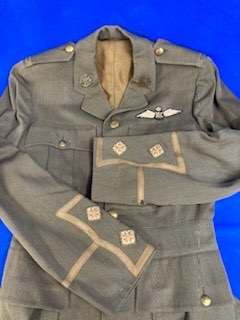
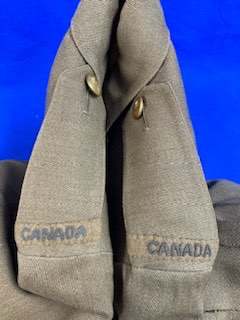
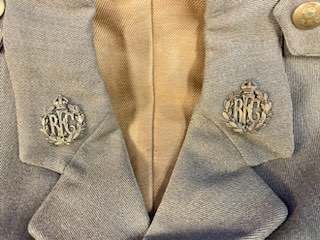
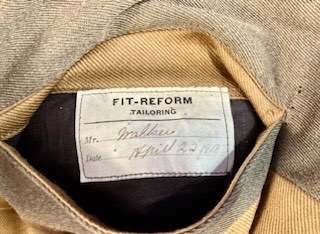

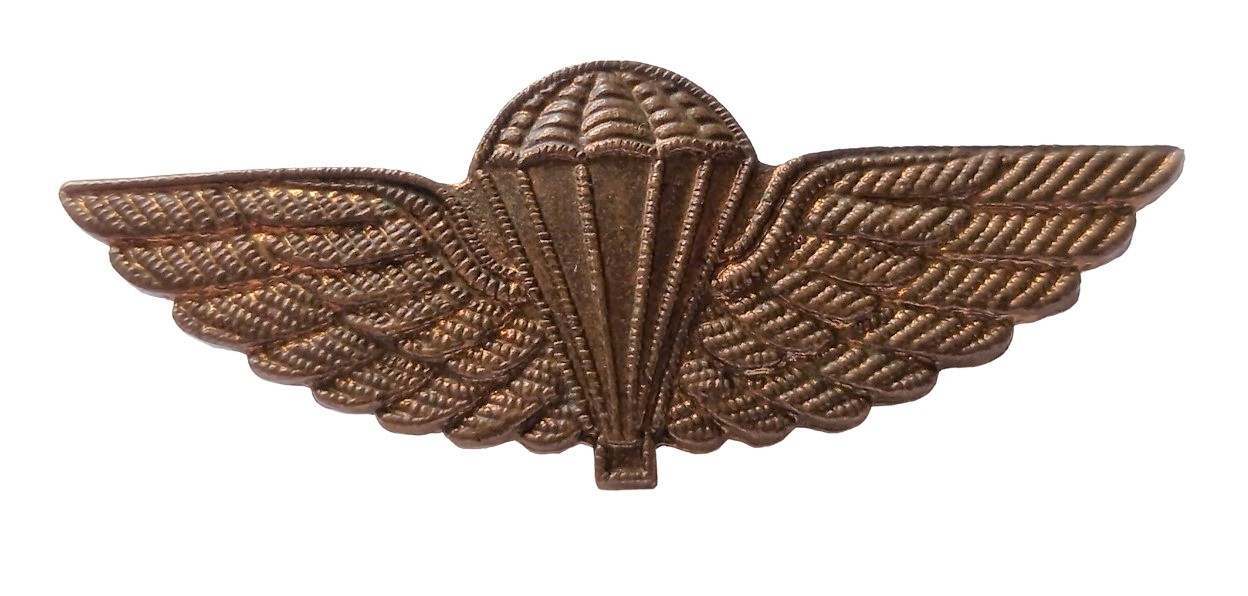








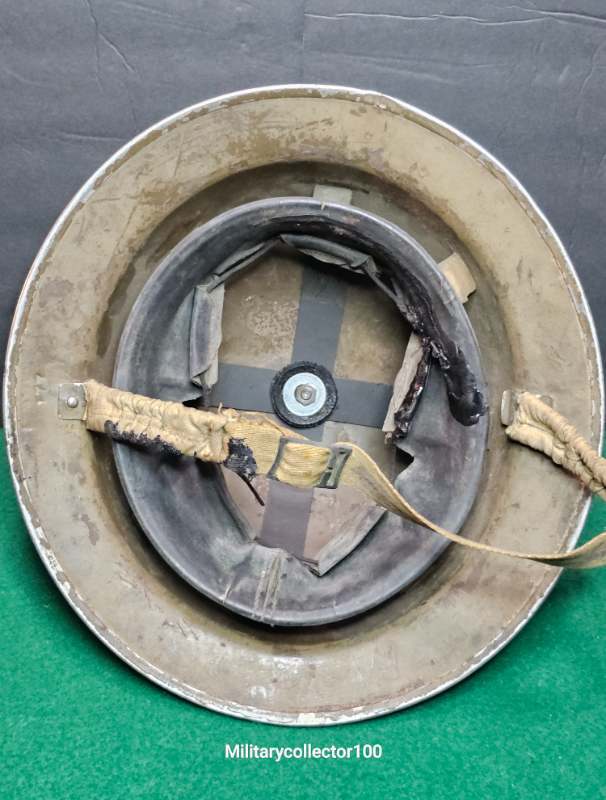



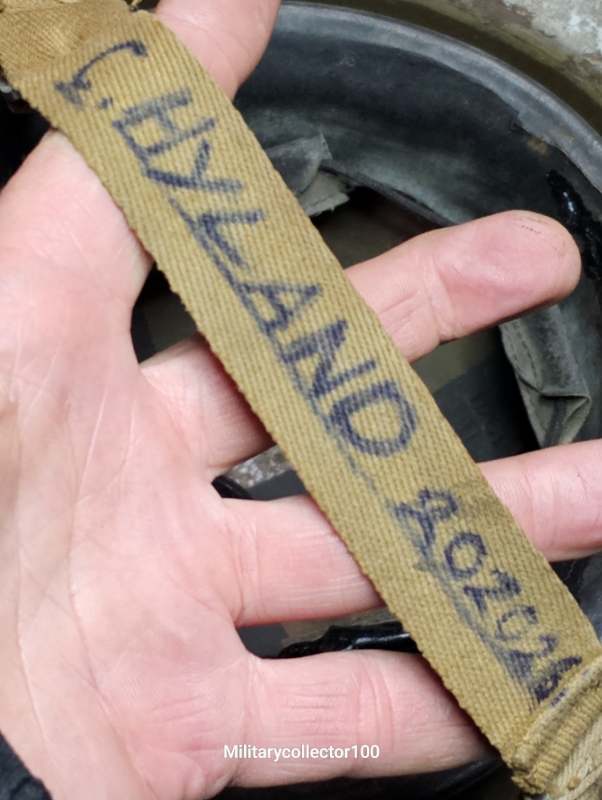


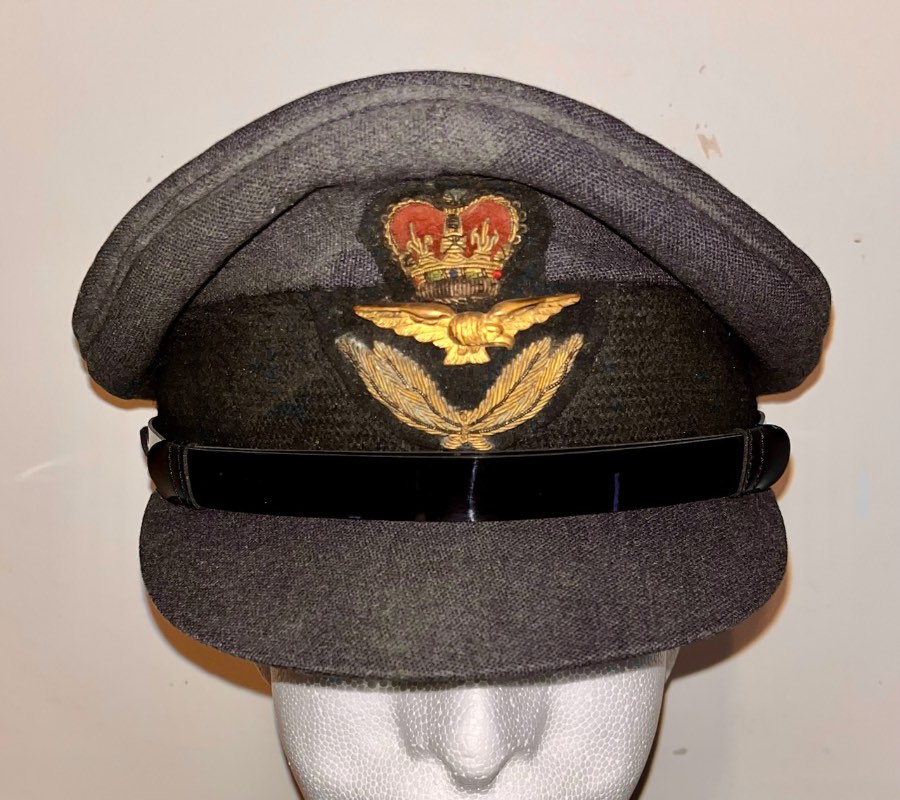




.jpg.8d2ffc55d8e182830c2d0851e681122d.jpg)
.jpg.eb3488b9d2c78db6a4af0f5d18252b8a.jpg)
.jpg.1473a6d712e84989c03aceba5818b9db.jpg)
.jpg.fd9d5351e59fce11c3de2c126c0759b8.jpg)
.jpg.0de5c38ffd148976e0059b55261ae406.jpg)
.jpg.4ced66c94921ecf42a90fa6aa0f9739d.jpg)
.jpg.0c0b982dcd5215a97a6a45c17b2973c5.jpg)
.jpg.62e6237afaa18a34a84593f8d995fc5d.jpg)
.jpg.37beeff973f230f5d93374ecc0f62042.jpg)
.jpg.c04f320665b647b3feb3e60af344cb21.jpg)
.jpg.a9219c6500c465b5bbe63632e1ecf04b.jpg)
.jpg.81a7ae9c94a417b62816557dea59025c.jpg)
